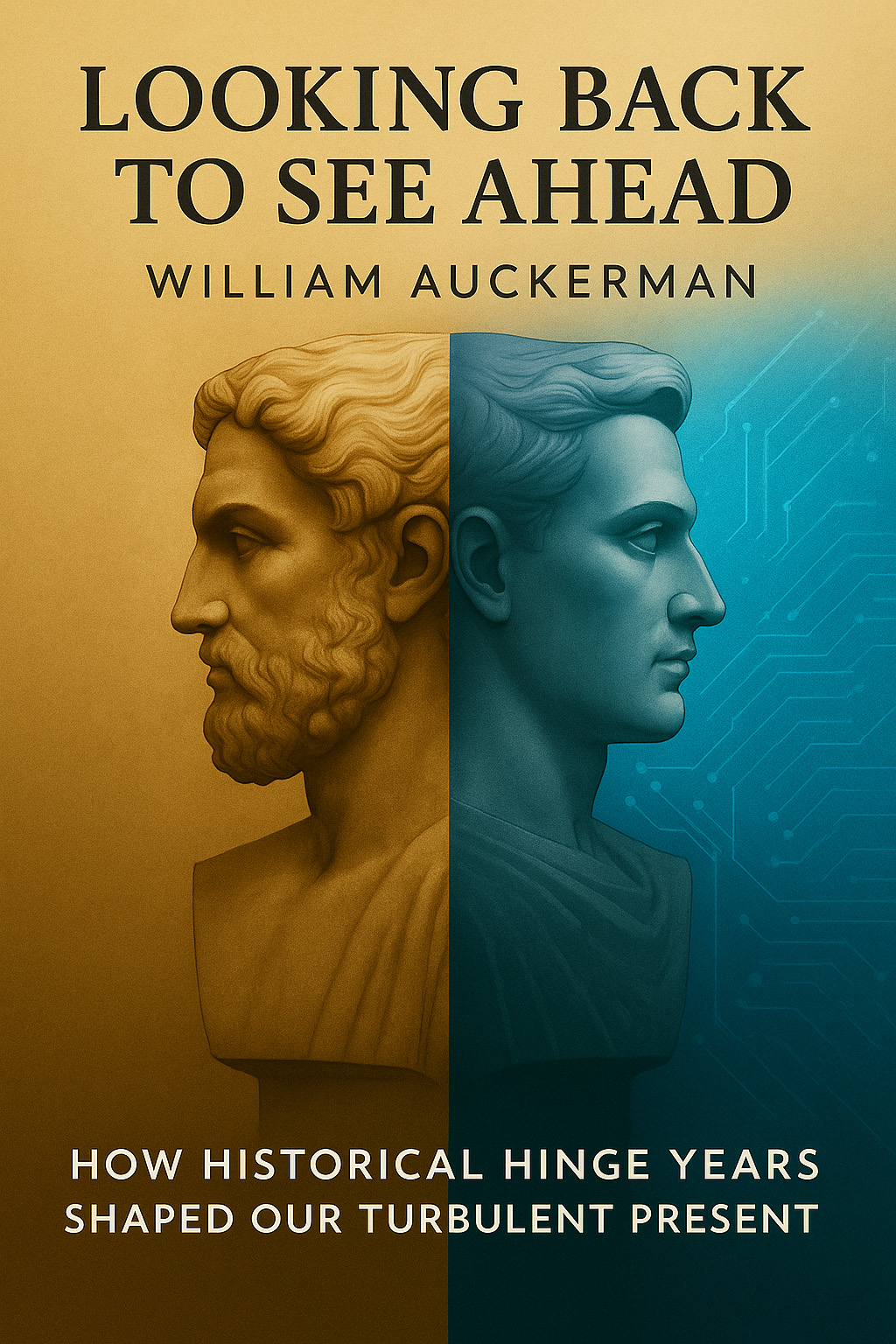Every so often, history quietly lays down the rails that will carry us into an entirely new era. In Looking Back to See Ahead, we spotlight those “hinge years”—from the dawn of credit cards in 1950 to the first ARPANET message in 1969—that may have seemed unremarkable at the time but, in retrospect, proved transformative. By revisiting these pivotal moments, we learn to recognize the hidden architectures of change: the investments, inventions, and cultural shifts that converge to reshape our world.
Understanding convergence is at the heart of this approach. Rather than viewing technological breakthroughs, political upheavals, or cultural trends in isolation, the book shows how their intersections act as multipliers—generating outcomes far greater than the sum of their parts. When a new medium like television met the politics of McCarthyism, it reshaped public attention; when Cold-War funding met Turing’s questions about machine intelligence, it seeded the future of computing. Seeing these overlaps gives us a powerful lens for spotting tomorrow’s transformations in our own lives and work.
Crucially, this isn’t just an exercise in historical trivia. Each chapter distills what we call “rhymes of history” into actionable principles—from the Paradox Principle (constraints spur creativity) to the Visibility Principle (make the invisible visible). These frameworks turn abstract insights into practical strategies you can apply when navigating projects, organizations, or personal goals. By learning to audit your attention, embrace constraints, and scan the periphery for emerging trends, you gain both foresight and the tools to act.
Finally, the author’s personal journey—from a child of the Baby Boomer generation to decades living in Tokyo—reminds us that global currents always find their way into individual lives. His anecdotes anchor grand narratives in human experience, proving that understanding history isn’t about detached analysis but about empowering ourselves to shape what comes next. When we look back with intention, we’re not just observers of the past—we become architects of our future.

Leave a Reply